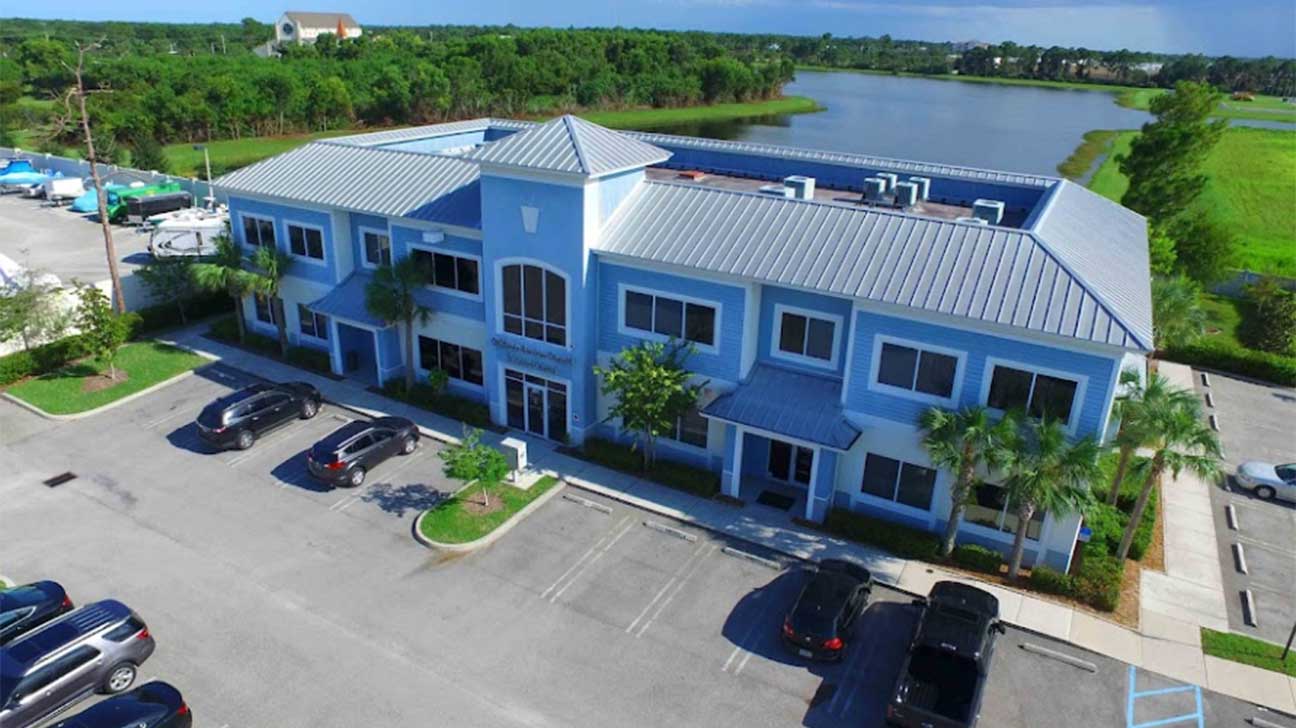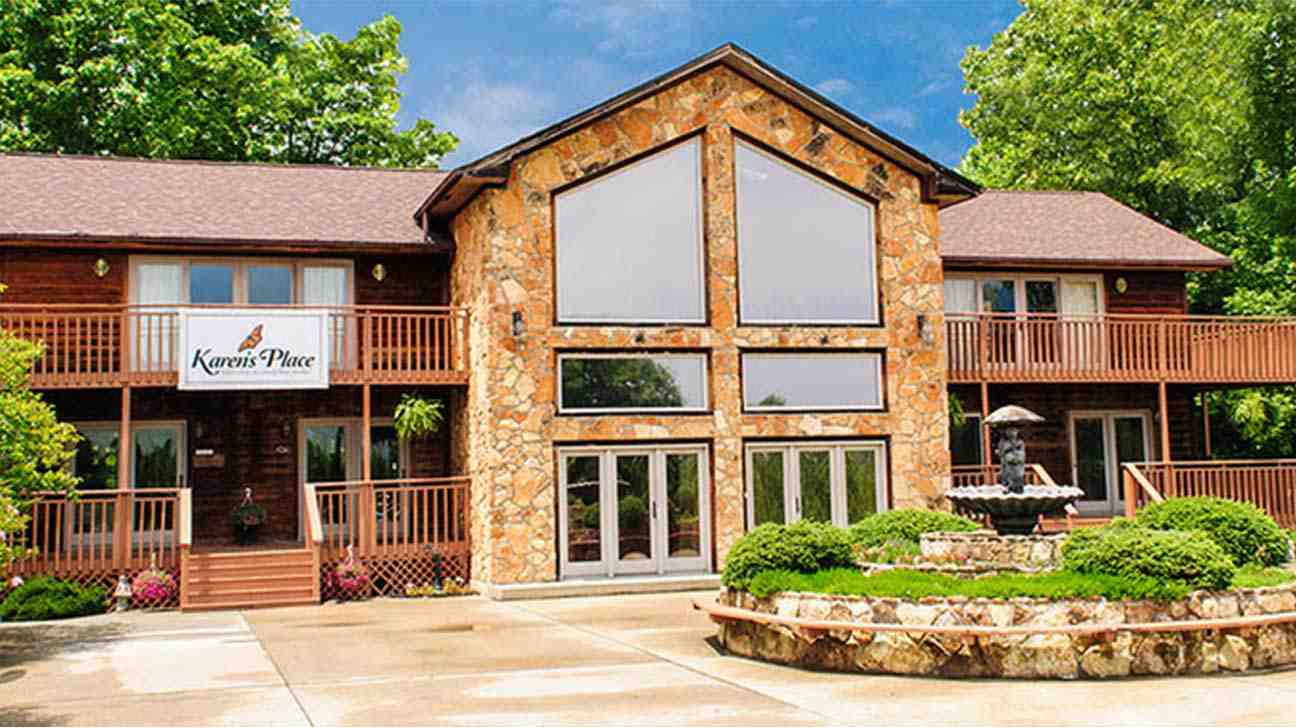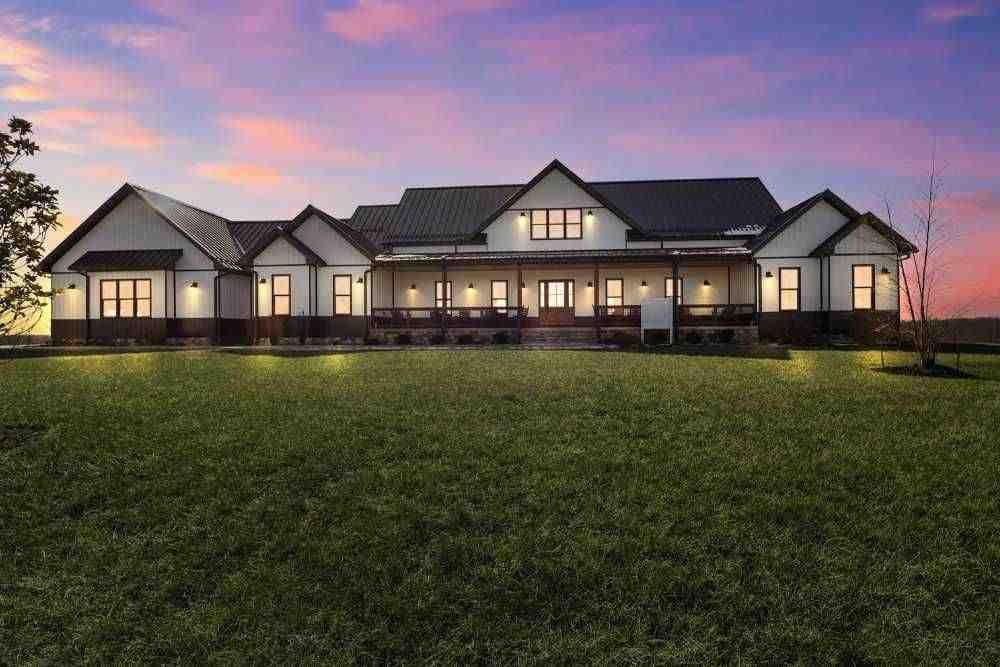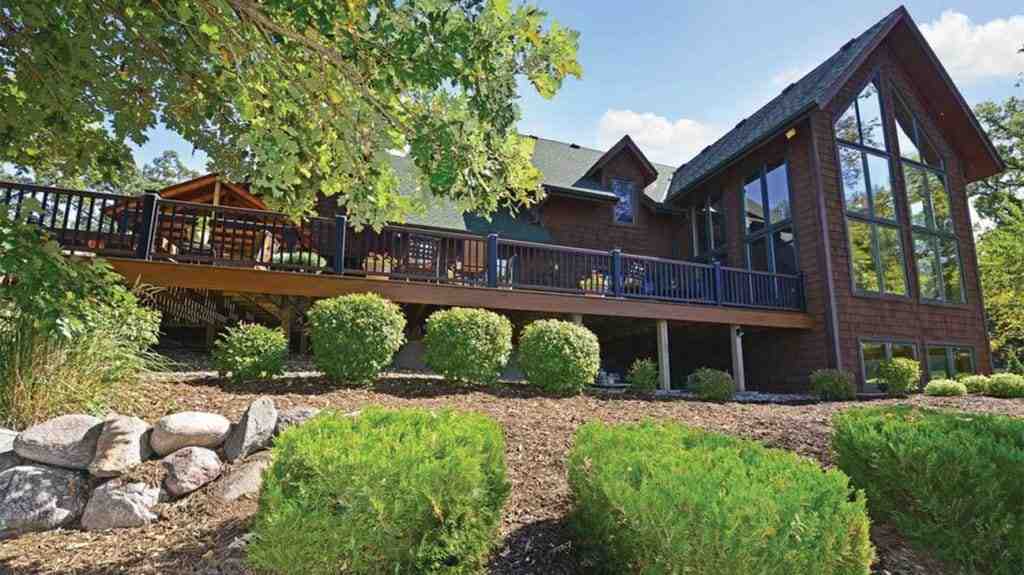
Long term behavioral health facilities offer continuous care for individuals with chronic mental health conditions like schizophrenia, severe depression, and PTSD. These facilities provide extended treatment beyond the typical short-term programs, focusing on lasting recovery.
In this article, we will discuss the types of disorders treated, the benefits of long-term care, and what to expect when choosing the right facility.
Key Takeaways
- Long-term behavioral health facilities offer extended treatment for serious psychiatric disorders, typically ranging from 2 to 3 months.
- Personalized treatment plans and ongoing support in a distraction-free environment enhance recovery outcomes for patients.
- Effective facilities focus on a holistic approach, incorporating various therapies, family involvement, and structured daily routines to promote stability and rehabilitation.
Understanding Long Term Behavioral Health Facilities
Long-term behavioral health facilities provide treatment that typically lasts longer than 30 to 90 days, offering an extended period for recovery and rehabilitation.
These facilities come in various forms, including secured skilled nursing facilities, group homes, and assisted living facilities, each catering to different levels of care and support.
Residential treatment centers, for instance, offer a level of care that is between inpatient hospitals and outpatient day treatment, providing 24/7 support to patients in residential treatment facilities.
The typical length of stay at a long-term mental health facility ranges from 2 to 3 months, although this can vary based on individual needs and treatment plans.
Individuals often enter long-term behavioral health facilities after one or more hospitalizations in acute care facilities, seeking more intensive support for severe symptoms or high levels of disability.
These facilities aim to provide a recovery-focused environment where patients can manage psychiatric disorders effectively.
Patients in these facilities participate in a therapeutic mental health treatment program while staying at the psychiatric residential treatment facility, which is commonly classified as an unlocked, voluntary setting.
Skyland Trail, for example, offers long-term residential treatment programs specifically for adolescents, highlighting the variety of options available to cater to different age groups and needs.
Find Hope and Healing: Call Us Now!
Take the first step towards a brighter future! If you or a loved one is seeking support for substance abuse, we are here to help. Call us today and let our dedicated team guide you to the right treatment options. Your path to recovery starts now!
- Connect with an expert addiction specialist 24/7/365
- Learn about treatment costs
- Arrange fast access to a treatment program
Request a Call
OR
Make a Call
Benefits of Long Term Behavioral Health Treatment
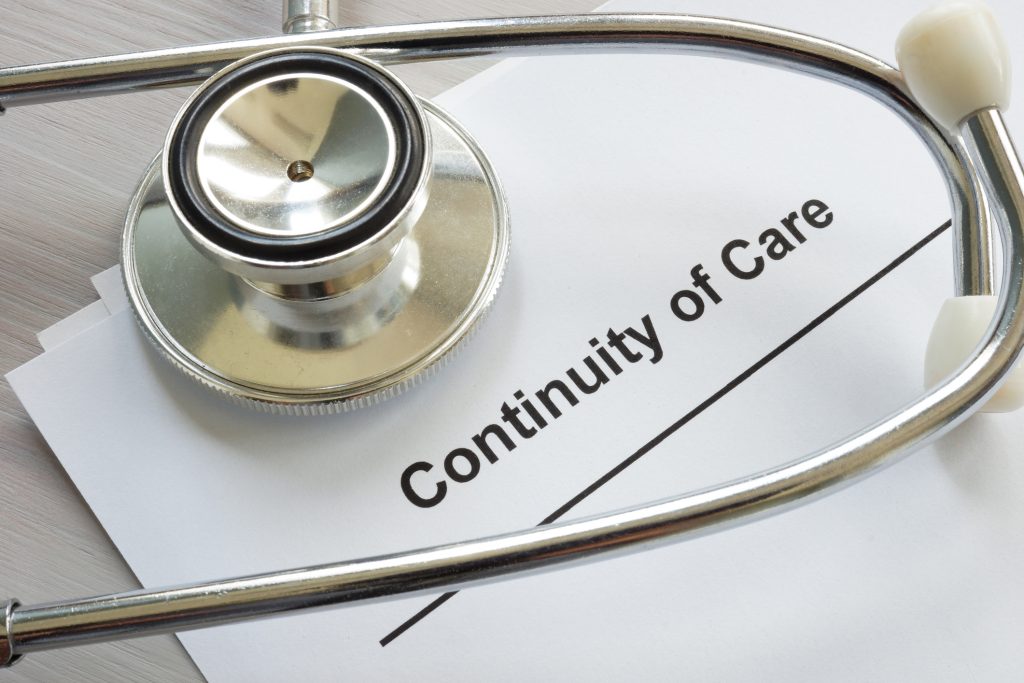
Long-term mental health care offers numerous benefits that can significantly enhance the recovery process. One of the primary advantages is the distraction-free environment it provides, allowing individuals to focus entirely on improving their mental health.
In these settings, ongoing support and monitoring are essential features, with treatment plans being adapted as the individual’s needs evolve. This continuous adjustment ensures that the care provided is always aligned with the patient’s current state, contributing to better recovery outcomes.
Personalized treatment plans are another critical benefit of long-term care. These plans are tailored to the individual’s specific needs and goals, ensuring a comprehensive approach to recovery.
Whether it’s through various therapy options, medication-assisted treatment, or relapse prevention strategies, the focus is always on what will work best for the patient.
This level of customization is often not possible in shorter-term treatment programs, making long-term care a valuable option for those with severe or chronic mental health conditions.
Longer stays in effective treatment programs have been shown to lead to better outcomes. With more time to engage in therapy and skill-building activities, individuals can make significant strides in their recovery journey.
The extended period allows for a deeper exploration of underlying issues and the development of robust coping strategies, ultimately improving the chances of sustained recovery.
Types of Behavioral Health Disorders Treated
Long-term mental health care is designed to assist individuals with a wide range of severe conditions. Some of the most common disorders treated in these settings include schizophrenia, severe depression, and post-traumatic stress disorder (PTSD).
These conditions often require intensive, ongoing treatment to manage effectively, making long-term facilities an ideal choice for those suffering from such severe mental health issues.
In addition to these, long-term care can provide effective support for various mood disorders, anxiety disorders, and trauma-related conditions.
Chronic conditions like schizophrenia and bipolar disorder are also commonly managed in these facilities, as they require continuous monitoring and adjustments to treatment plans.
The structured environment and comprehensive care available in long-term facilities are crucial for individuals dealing with these persistent and often debilitating conditions.
Specialized units within psychiatric hospitals can also treat eating disorders, offering targeted interventions for these complex issues.
Borderline personality disorder is another condition frequently treated in long-term care due to the complexity of its symptoms and the need for consistent, intensive therapy. By addressing a wide range of mental health disorders, long-term facilities provide a versatile and effective solution for those in need.
Key Features of Effective Long Term Behavioral Health Facilities
Effective long-term behavioral health facilities are characterized by several key features that set them apart. One of the most important aspects is the emphasis on personalized treatment plans tailored to each individual’s needs.
This approach ensures that the care provided is specific to the patient’s unique situation, enhancing the likelihood of successful outcomes. Facilities often employ a variety of treatment modalities to address the diverse needs of their patients.
A comprehensive team of mental and physical health professionals is another hallmark of high-quality long-term facilities. These multidisciplinary teams work collaboratively to address the complex mental health needs of their patients, ensuring a holistic approach to care.
Supportive environments also play a crucial role in promoting recovery and rehabilitation. Facilities that incorporate physical environments promoting healing, such as access to nature and calming spaces, can significantly enhance the overall treatment experience.
Positive reinforcement models and family involvement are also critical components of effective long-term care. Facilities that employ these models can improve residents’ quality of life through proper treatment and support.
Family members often express gratitude for the personalized care provided to their loved ones, highlighting the specialized and friendly staff.
Differences Between Short-Term and Long-Term Behavioral Health Care
The differences between short-term and long-term behavioral health care primarily lie in the duration and intensity of the treatment provided. Inpatient care typically lasts from 3 to 7 days, focusing on immediate safety and stabilization.
In contrast, long-term mental health facilities offer treatment that can last from 90 days to over a year, providing a more extended period for recovery and rehabilitation.
Residential treatment often involves a more intensive approach compared to short-term care, with a focus on comprehensive therapy and skill-building activities.
Recovery time can be longer in a residential treatment center due to the complexity of the conditions being treated, but the extended period allows for a deeper exploration of underlying issues and the development of robust coping strategies.
Additionally, residential treatment services provide the necessary support for individuals seeking long-term recovery.
Treatment Approaches in Long Term Behavioral Health Facilities
Long-term behavioral health facilities employ a variety of treatment approaches to provide comprehensive care for their patients. These approaches include psychotherapy options, medication management, and group therapy sessions, each tailored to meet the specific needs of the individual.
This holistic approach ensures that patients receive well-rounded care that addresses all aspects of their mental health.
Psychotherapy Options
Psychotherapy is a cornerstone of treatment in long-term behavioral health facilities. Various types of therapy are offered, including Cognitive Behavioral Therapy (CBT), psychoanalysis, psychodynamic therapy, and rehabilitative psychotherapy.
CBT, the most common type of therapy in these settings, typically lasts from 12 to 20 weeks and helps individuals understand how their thoughts influence their emotions and behaviors.
Psychoanalysis and psychodynamic therapy focus on understanding complex mental processes and exploring how past experiences shape present behavior. These therapies involve building a trusted relationship with a therapist and delving deep into a person’s past to uncover underlying issues.
Rehabilitative psychotherapy addresses both mental and physical health needs following significant life events, offering a comprehensive approach to recovery.
In addition to these traditional therapies, long-term facilities often incorporate therapeutic activities such as art therapy and music therapy. These activities are tailored to meet individual treatment goals and enhance coping skills and self-awareness.
Medication Management
Medication management is a vital component of treatment in long-term behavioral health facilities. This process involves regular consultation with clients to adjust medications based on their effectiveness and side effects. Monitoring side effects is crucial to ensure the patient’s well-being and treatment efficacy.
Regular monitoring and adjustments enhance patient engagement in their own treatment process, making them active participants in their recovery journey. This approach ensures that the medication management plan remains effective and aligned with the individual’s evolving needs.
Group Therapy Sessions
Group therapy is another essential aspect of treatment in long-term behavioral health facilities. These sessions foster a sense of community and peer support, which is beneficial for patient recovery.
By participating in group discussions and workshops, residents can share their experiences and learn from others, enhancing their coping strategies and emotional resilience.
Group therapy sessions typically include activities focused on skills development and coping strategies, providing a structured environment for patients to practice and refine these skills. This collaborative approach helps build a supportive community where individuals can thrive.
Find Hope and Healing: Call Us Now!
Take the first step towards a brighter future! If you or a loved one is seeking support for substance abuse, we are here to help. Call us today and let our dedicated team guide you to the right treatment options. Your path to recovery starts now!
- Connect with an expert addiction specialist 24/7/365
- Learn about treatment costs
- Arrange fast access to a treatment program
Request a Call
OR
Make a Call
Choosing the Right Long Term Behavioral Health Facility
Choosing the right long-term behavioral health facility is a crucial step in the treatment process. These facilities are typically located near major cities and smaller metropolitan areas, making them accessible to a broad range of individuals.
However, some might need to travel for long-term mental health treatment due to limited local options. In many cases, traveling a short distance can lead to finding the right facility that meets individual needs.
Consulting a local mental health specialist can provide valuable advice on available mental health programs and help determine the best fit.
The best treatment facilities for mental illness follow the principle that treatment should be tailored to specific needs, adjusting plans whenever necessary to meet the evolving needs of patients.
Family involvement is also an important consideration when choosing a facility. Families should be informed about how they can participate in the treatment process and the role of support during the patient’s recovery journey.
One family shared their experience of finding suitable long-term care, highlighting the importance of a safe and comfortable environment for their loved ones.
Making an informed decision involves considering individual needs, location, and available services.
Costs and Insurance Coverage for Long Term Behavioral Health Care
Long-term behavioral health treatment often comes with higher costs compared to standard-length care. These expenses can be a significant barrier for many individuals, with a substantial portion of those with serious mental illness struggling to afford the necessary treatment due to high out-of-pocket expenses.
Understanding the financial implications is crucial when considering long-term care.
Most modern insurance plans include coverage for long-term residential treatment, but it’s essential to check the specifics, as not all plans cover the full costs. It’s advisable to consult your insurance provider to understand what portion of the expenses will be covered and what will need to be paid out-of-pocket.
Additionally, it’s crucial to verify whether the facility accepts specific payment options such as Medicaid or private pay.
The Mental Health Parity Act of 1996 ensures that mental health benefits are not more restrictive than medical benefits, impacting coverage for long-term treatment. Despite this, low-income individuals often face additional barriers to accessing mental health services, including a lack of insurance.
Navigating these financial aspects with a clear understanding can help in planning for long-term care.
Preparing for Admission to a Long Term Behavioral Health Facility
Preparing for admission to a long-term behavioral health facility involves several important steps. First and foremost, it is essential to gather and complete all required paperwork ahead of time to ensure a smooth admission process.
This includes medical records, insurance documents, and any legal forms that need to be signed. Having these documents ready can help avoid any delays and make the transition into the facility as seamless as possible.
Patients should also consider bringing personal items that provide comfort, such as clothing, toiletries, and any approved personal belongings. Setting realistic expectations about the treatment process and understanding that progress may take time can help ease the transition into a long-term facility.
Being mentally prepared for the journey ahead is just as important as being physically prepared.
Life Inside a Long Term Behavioral Health Facility

Life inside a long-term behavioral health facility is structured to promote stability and recovery. Patients often work on personal goals within a therapeutic community environment, which is less restrictive than inpatient care.
Daily routines in these facilities typically include scheduled activities that provide structure and stability for residents. This routine helps create a sense of normalcy and predictability, which is crucial for recovery.
Group therapy is a significant part of the daily schedule, enhancing social skills and providing emotional support among peers. These sessions allow patients to share their experiences and learn from others, fostering a sense of community and peer support.
Social interactions often take place in communal areas designed to foster connections among residents, creating opportunities for meaningful relationships and support.
Personal privacy is also an important consideration, with spaces designed to balance social interaction and individual reflection. Staff members play a crucial role in guiding daily activities and ensuring a supportive environment for patients.
This combination of structure, support, and community makes life inside a long-term behavioral health facility conducive to recovery.
Success Stories and Testimonials
Hearing success stories and testimonials can provide powerful insights into the effectiveness of long-term behavioral health treatment. For instance, Tony, who struggled with substance use disorders, found purpose in life after completing a 90-day treatment program.
The loss of his mother and family support played a significant role in his journey to recovery. His story highlights the transformative power of long-term treatment and the importance of a supportive network.
Abigail’s story is another testament to the impact of long-term care. Her early substance abuse led to homelessness and legal troubles, but she aimed to improve her life despite significant challenges impacting her self-esteem and relationships.
Her journey underscores the resilience and determination required to overcome severe mental health issues and the role of comprehensive care in facilitating recovery.
Bob’s lifelong alcohol abuse was halted after a health crisis, prompting interventions that ultimately led him to seek treatment at a recovery facility. His story demonstrates the potential for recovery even after years of struggle and the critical moments that can trigger a positive change.
These success stories inspire hope and illustrate the real-life benefits of long-term behavioral health treatment.
Summary
In summary, long-term behavioral health facilities offer an intensive and supportive environment for individuals with severe mental health conditions. These facilities provide personalized treatment plans, a comprehensive team of professionals, and a structured environment that promotes recovery.
The benefits of long-term care, including improved recovery outcomes and tailored treatment plans, make it a valuable option for those in need.
Choosing the right facility involves considering individual needs, location, and available services, while understanding the financial aspects is crucial for planning. Success stories and testimonials highlight the transformative impact of long-term care, providing hope and inspiration.
Ultimately, long-term behavioral health treatment can offer a path to sustained recovery and a better quality of life.
Find Hope and Healing: Call Us Now!
Take the first step towards a brighter future! If you or a loved one is seeking support for substance abuse, we are here to help. Call us today and let our dedicated team guide you to the right treatment options. Your path to recovery starts now!
- Connect with an expert addiction specialist 24/7/365
- Learn about treatment costs
- Arrange fast access to a treatment program
Request a Call
OR
Make a Call
Frequently Asked Questions
What types of conditions are treated in long-term behavioral health facilities?
Long-term behavioral health facilities tackle tough issues like schizophrenia, severe depression, PTSD, bipolar disorder, eating disorders, and borderline personality disorder. They’re all about helping people get the support they really need.
How long do patients typically stay in a long-term behavioral health facility?
Patients usually stay in a long-term behavioral health facility for about 2 to 3 months, but it can vary and go over a year based on their specific needs and treatment plan.
What are the main benefits of long-term behavioral health treatment?
Long-term behavioral health treatment really pays off with a distraction-free space and personalized care, leading to better recovery outcomes. Plus, the ongoing support makes a huge difference in staying on track!
How does long-term behavioral health care differ from short-term care?
Long-term behavioral health care is all about gradual recovery, lasting from 90 days to over a year, while short-term care wraps things up in just 3 to 7 days. Long-term care dives deeper into therapy and building skills for lasting change.
What should I consider when choosing a long-term behavioral health facility?
You definitely want to check the facility’s location, the services they offer, and if they have a solid team approach with personalized treatment plans. Family involvement can also make a big difference in the healing process!
Our helpline is 100%
free & confidential
If you or someone you care about is struggling with drug or alcohol addiction, we can help you explore your recovery options. Don’t face this challenge alone—seek support from us.
Programs
Resources
Will my insurance
cover addiction
treatment?
We're ready to help
Find the best
drug or alcohol treatment
center
Are you or a loved one struggling with addiction? Call today to speak to a treatment expert.


